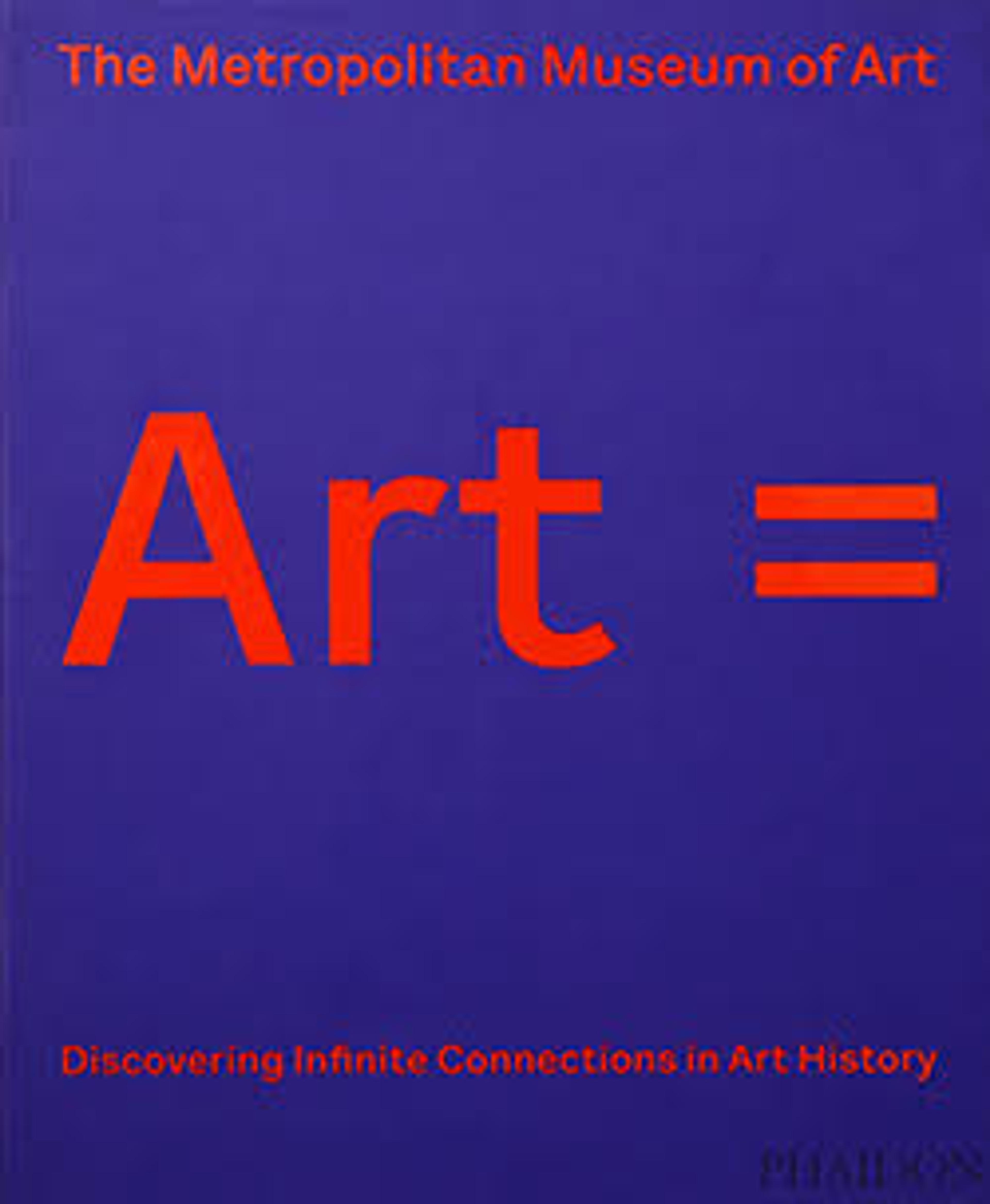Splitting
In the decade between receiving his B.A. in architecture from Cornell University and his death in 1978, Matta-Clark was a key member of the New York avant-garde. His work, like that of Dennis Oppenheim and Robert Smithson, was formed outside the parameters of gallery presentation, and as with many artists who matured in the 1960s, his subversive activities were rooted in a critique of bourgeois American culture.
Compelled to focus attention on the dehumanization of the modern world, Matta-Clark developed a personal idiom that combined Minimalism and Surrealism with urban architecture. Using abandoned buildings for his medium and wielding a chainsaw as his instrument, he cut into the structures, creating unexpected apertures and incisions.
In 1974 Matta-Clark operated on a two-story home in New Jersey slated for demolition, effectively splitting it down the middle. The light from the incision invaded the interior and united the rooms with a swath of brilliance. The artist photographed his work and created a collage of prints, the unconventional disposition of which re-creates the disorienting experience of the unprecedented destruction.
Compelled to focus attention on the dehumanization of the modern world, Matta-Clark developed a personal idiom that combined Minimalism and Surrealism with urban architecture. Using abandoned buildings for his medium and wielding a chainsaw as his instrument, he cut into the structures, creating unexpected apertures and incisions.
In 1974 Matta-Clark operated on a two-story home in New Jersey slated for demolition, effectively splitting it down the middle. The light from the incision invaded the interior and united the rooms with a swath of brilliance. The artist photographed his work and created a collage of prints, the unconventional disposition of which re-creates the disorienting experience of the unprecedented destruction.
Artwork Details
- Title: Splitting
- Artist: Gordon Matta-Clark (American, 1943–1978)
- Date: 1974
- Medium: Chromogenic prints mounted on board
- Dimensions: 101.6 x 76.2 cm (40 x 30 in.)
- Classification: Photographs
- Credit Line: Purchase, The Horace W. Goldsmith Foundation Gift, through Joyce and Robert Menschel, 1992
- Object Number: 1992.5067
- Rights and Reproduction: © 2025 Estate of Gordon Matta-Clark / Artists Rights Society (ARS), New York
- Curatorial Department: Photographs
More Artwork
Research Resources
The Met provides unparalleled resources for research and welcomes an international community of students and scholars. The Met's Open Access API is where creators and researchers can connect to the The Met collection. Open Access data and public domain images are available for unrestricted commercial and noncommercial use without permission or fee.
To request images under copyright and other restrictions, please use this Image Request form.
Feedback
We continue to research and examine historical and cultural context for objects in The Met collection. If you have comments or questions about this object record, please contact us using the form below. The Museum looks forward to receiving your comments.
